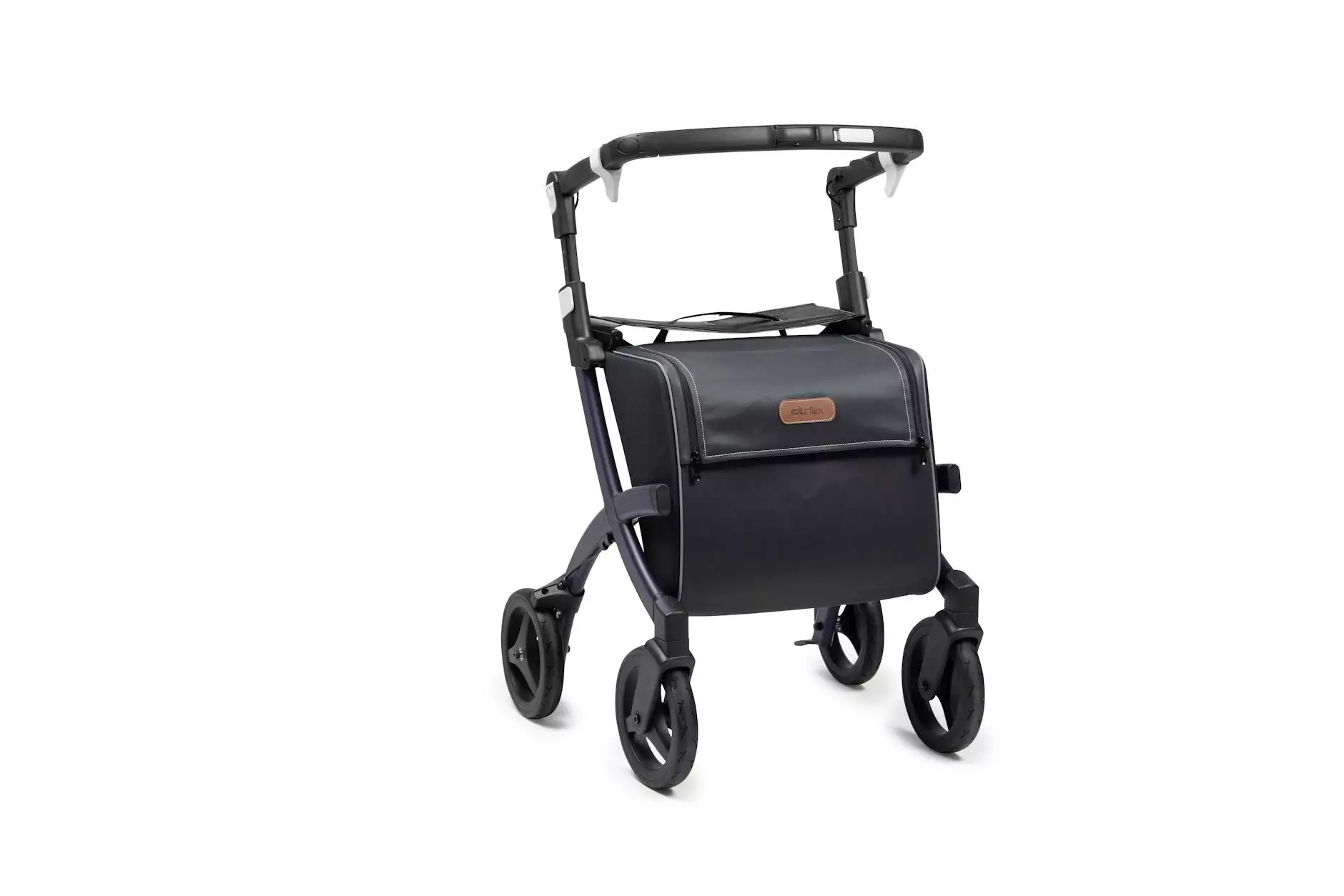Understanding Lift Station Alarm Systems

Lift station alarm systems are critical components in the management of sewage and wastewater systems. They serve as the front line in preventing overflow and ensuring the smooth functioning of sewage pumps and treatment facilities. This article delves into the importance, functionality, features, and best practices for selecting and maintaining lift station alarm systems, making it essential reading for business owners and facility managers alike.
The Importance of Lift Station Alarm Systems
Every municipal and industrial facility that relies on lift stations needs robust alarm systems to notify operators of potential failures or emergencies. Without lift station alarm systems, facilities can face:
- Environmental hazards due to overflow
- Regulatory fines for non-compliance with environmental standards
- Significant equipment damage leading to costly repairs
- Increased personnel risk in emergency situations
Given these risks, investing in high-quality lift station alarm systems is not just a choice; it's an obligation for responsible management.
Key Features of Lift Station Alarm Systems
Effective lift station alarm systems come equipped with a variety of features designed to detect issues early and communicate effectively with operators. Here are some essential features to look for:
1. Alarm Notification Types
Different systems offer various types of alarm notifications, including:
- Audible alarms: Loud alerts to draw attention immediately.
- Visual alarms: Flashing lights or indicators for quick identification of issues.
- Remote notifications: Sending alerts via emails or SMS to on-call personnel.
2. Sensor Technology
Advanced sensors are vital for monitoring different parameters. Here are some common sensor types:
- Float switches: Detect the water level within the lift station.
- Pressure sensors: Monitor pressure changes in the system.
- Vibration sensors: Identify irregular motions or equipment issues.
3. Integration Capabilities
Modern lift station alarm systems should integrate seamlessly with existing SCADA systems and other monitoring solutions, allowing for:
- Centrally monitored operations: Control and monitor multiple lift stations from a single platform.
- Data logging: Keep historical data for analysis and decision-making.
- Automated reporting: Generation of routine reports that facilitate compliance and maintenance efforts.
Choosing the Right Lift Station Alarm System for Your Business
With various systems available, selecting the ideal lift station alarm system for your business is paramount. Here are essential considerations:
1. Assess Your Needs
Identify the specific requirements of your lift station, including the size, location, and operational parameters. This assessment will guide you in choosing features that deliver optimal performance.
2. Compliance with Local Regulations
Ensure that your chosen system complies with local environmental regulations and industry standards. This compliance can save you from legal troubles and fines in the future.
3. Budgetary Constraints
While it can be tempting to choose the least expensive option, consider the long-term value. Investing in a high-quality system may reduce maintenance costs and enhance reliability, ultimately saving money.
4. Support and Maintenance
Evaluate the support options available for the alarm system. A reliable manufacturer should provide ongoing maintenance and support, ensuring that your system remains functional and efficient.
Benefits of Implementing Lift Station Alarm Systems
Investing in lift station alarm systems can yield numerous benefits for your business:
1. Enhanced Safety
By detecting problems early, alarm systems help avert potential disasters that could endanger employees, the environment, and community health.
2. Operational Efficiency
Streamlined monitoring and control allow for better resource allocation and reduced response times to incidents, thus ensuring smoother operations.
3. Cost Savings
A proactive approach to maintenance through alarm systems can lead to significant cost reductions by preventing major repairs and fines. As the adage goes, "an ounce of prevention is worth a pound of cure."
4. Peace of Mind
Knowing that you have robust systems in place to monitor and respond to potential issues allows business owners to focus on other aspects of their operations without unnecessary worry.
Best Practices for Maintaining Lift Station Alarm Systems
To maximize the effectiveness of your lift station alarm systems, follow these maintenance best practices:
1. Regular Testing and Calibration
Frequent testing of sensors and calibration ensures that systems are functioning correctly. Schedule these tests regularly to avoid overlooking any issues.
2. Routine Maintenance Checks
Establish an ongoing maintenance program that includes:
- Visual inspections of the physical systems
- Cleaning of sensors and alarm components
- Updating software and firmware when necessary
3. Training Personnel
Equip your staff with the knowledge they need to understand and monitor the lift station alarm systems. Regular training sessions can enhance their effectiveness and confidence in handling emergencies.
4. Documenting Procedures and Incidents
Keep detailed records of maintenance, incidents, and alarm responses. This documentation can serve as a valuable reference for troubleshooting and improving system efficiency.
Conclusion: Elevating Your Business with Lift Station Alarm Systems
In today's age of increasing environmental responsibility and regulatory scrutiny, lift station alarm systems are more than an operational necessity; they are a vital part of corporate responsibility and public safety. By understanding their importance, features, and the best practices for maintenance, you can ensure the optimal performance of your sewage management systems while protecting both your business and the community.
At TankVitals, we offer a comprehensive range of lift station alarm systems tailored to meet the diverse needs of businesses in the Auto Parts & Supplies and Safety Equipment sectors. Contact us today to learn more about how we can help you safeguard your operations and streamline your safety protocols.









